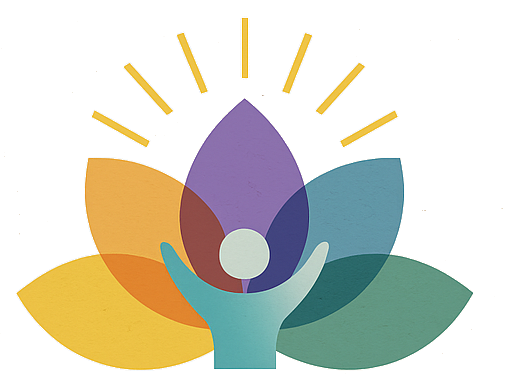Decoding Course Design
Example of a simple training course- Shipping.
One would think that training someone to ship a package is easy – just put an item in a box and mail it. Only 6 steps!
Print Order
Collect Products
Pack order
Produce and Apply Shipping Label
Complete the Order
Ship package
It may look simple on the surface, but shipping has some “tricky bits” involved for it to be done correctly and competently.
My training initially was for the new employee to observe me, then I observe them and remain available for questions. The results of my simple training got simple results – wrong item sent to customer, damaged item from poor packaging, billed for not reporting weight correctly, taking too long to ship one package after shipping for one month… You get the picture!
My training wasn’t working because I was assuming too many things about the level of knowledge and experience the worker had compared with the knowledge and skills shipping required. I started micromanaging because I didn’t trust what was being done in my own store. And that’s where competency analysis comes into play. The analysis takes a while to do, but gets easier once the mental muscles are built and essential for dynamic learning design!
Sometmes it’s easier to begin competency analysis with what went wrong than to view your current training. After all, if I developed the training then it is the best I could do at the time. Looking at what the people I trained were doing instead gives be clues to where the holes are in my own training.
Below is a list of things that went wrong after I had completed my training.
With all of these errors, I knew that I had to look back at my training to discover where the “holes” were. The quickest and most thorough way to do that is through skill analysis. Looking at what skills I expected every employee to have at each step in the shipping process.
I find it easier to make up a 3 column table than try to hold everything in my head. The first column has my 6 steps. The second has what I think the employee needs to know in order to complete each step. And the third column has where the training went wrong.
You may notice a difference here from what is typically done in training. As a facilitator of learning, I assume that the employee made mistakes because I left something out of my training that, if it were included, would avoid the mistake. So my first impulse is to go back and look at the basic skills required. This is different than assuming that my training was great and that the employee was not careful or caring. The difference between these 2 assumptions is Huge when training adults.
Let’s make a 3 column page and Analyze this!
In the next few days pick one task or activity you are training people to do and perform a skill analysis. What are the steps involved? What must someone know to do those steps? What mistakes have you seen after your training that lead you to believe maybe there were some steps or skills missing during the training experience?
The more we can empathize with our participants, the more we can understand their backgrounds and what they might be missing, the better we can facilitate learning. We can’t know if a step is missing unless we check it out, either before hand in training or after when discovering performance issues.
See you next for Behavioral Analysis!





